By RK Shih / Staff
Photo courtesy of the Kaohsiung Urban Development Bureau.
KAOHSIUNG — Redevelopment around Kaohsiung Main Station is gaining momentum, according to recent reports. The city says there’s been new progress in commercial leasing and urban renewal tied to the area’s long-running overhaul.
The latest step came with the tender for a planned commercial tower beside the station. At least one major developer has submitted a bid, according to industry sources. City officials say the project could anchor a long-delayed revival of the station-area business district.
The redevelopment is closely linked to the planned High-Speed Rail extension to Pingtung, which will follow the “Kaohsiung Alignment” for nearly 30 kilometers along the undergrounded TRA corridor. Officials expect the combined projects to reshape mobility patterns and gradually lift commercial demand in the surrounding neighborhoods.
Planning for the station area began more than a decade ago as part of Kaohsiung’s rail-undergrounding plan. The city designated new station-use zones, created special commercial districts, and converted former railway property into what is now the 71st Redevelopment Zone, opening land for future housing and joint-development projects.
Momentum has accelerated this year, with the selection of a preferred bidder for a public urban-renewal project within the station-use district, a development expected to involve roughly NT$95 billion in investment.
Developers have also moved quickly into the 71st Zone between Kaohsiung Main Station and MRT Minzu Station. Land in the special commercial district averages around NT$1.5 million per ping, and analysts say upcoming residential projects are likely to open in the NT$400,000-per-ping range, with higher floors reaching the NT$500,000s.
Recent presale prices nearby reflect the trend. Projects around Wumiao and Central Park are now reporting transactions from the mid-NT$500,000s up to above NT$600,000 per ping.
For Kaohsiung, the alignment of HSR expansion, ongoing urban renewal, and rising developer interest points to the gradual formation of a new commercial center—one that could reshape the city’s core over the coming decade.



